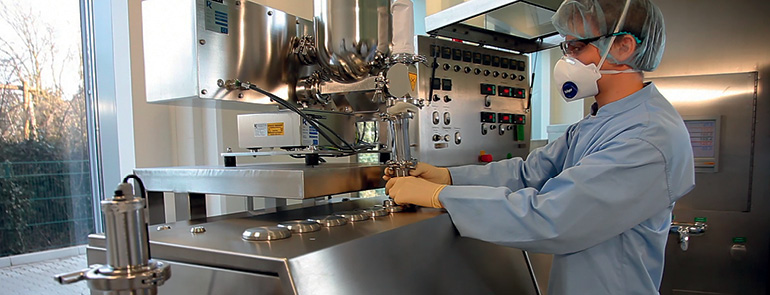
Adopting twin-screw granulation can aid in the transition from batch to continuous processes for pharmaceuticals.
By Nada Kittikunakorn, University of Texas at Austin; James DiNunzio, Ph.D., Merck & Co., Inc.; Charlie Martin, Leistritz Extrusion; Feng Zhang, Ph.D., University of Texas at Austin
The majority of marketed tablets and capsules products are manufactured using granulation processes including wet, melt, and dry granulation. These granulation techniques are also used across many other industries, such as the food and polymer industries. Powders are granulated to prevent material segregation and to improve powder properties (e.g., flowability and compressibility). While other industries transitioned wet and melt granulation from batch to continuous processes using twin-screw extruders in the 1970s, the adoption of twin-screw granulation (TSG) has been slow in the pharmaceutical industry. As pharmaceutical scientists become more familiar with TSG, and with the recent interest in continuous manufacturing, an increasing number of process patents and products utilizing the TSG platform is anticipated. This article highlights four aspects of TSG:
- granule formation mechanisms,
- benefit over conventional batch processes,
- process control and monitoring, and
- history, recent progresses, and the future.